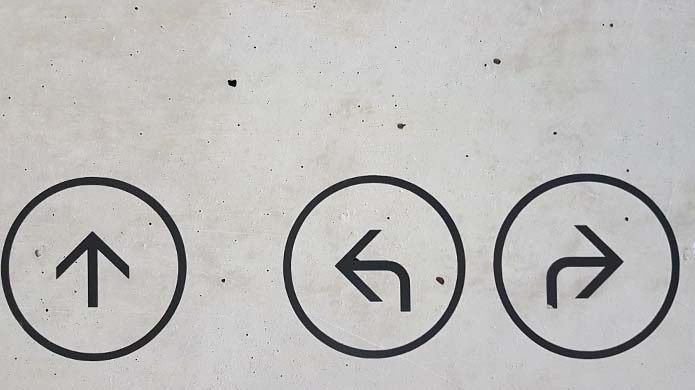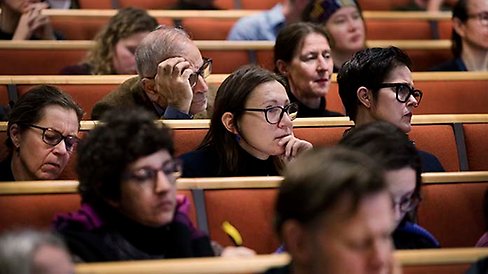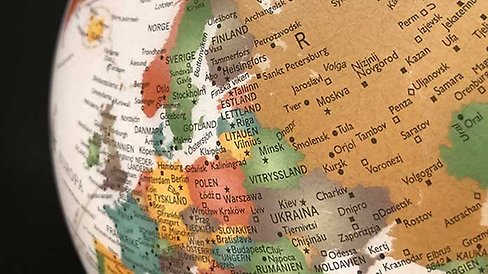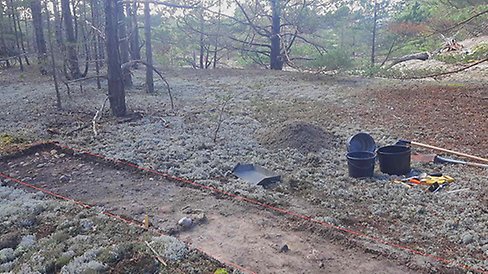New research project: Why do teenagers leave school without upper-secondary qualifications?
Thirty per cent of students do not successfully complete upper-secondary school. Researchers at Södertörn University are now aiming to discover the reasons why some teenagers choose not to start upper-secondary education, and why others do not complete it. The hope is that the results of this unique study will benefit young people in the future.

“Not having upper-secondary qualifications can entail huge problems, making it difficult to find work and find a place in society. Education is very important in our globalised world. Being without it can have consequences for the individual, as well as for society. This could involve getting an education later in life, an increased risk of social exclusion or, even worse, criminality,” says Alireza Behtoui, professor of sociology.
Comparing Sweden and Finland
Along with his colleagues, Behtoui will compare young people in Sweden and Finland who do not have upper-secondary qualifications. They will study their socioeconomic backgrounds, migration background, and gender, family structures and health status. Sweden still has opportunities for a “second chance”, thanks to adult education via organisations such as Komvux, folk high schools or Arbetsförmedlingen’s courses. How does this affect young people’s decisions about their future? Comparisons with the same category of young people in Finland will make the results even more relevant.
“While Sweden has had a downward trend in school results, Finland has had the opposite. What have they done differently in Finland, what factors have played a role? We have access to same type of information about the pupils in both countries, so they are easily compared,” says Behtoui.
Major school reforms in the 1990s
In addition to comparing the countries, the researchers will also make a comparison over time.
“We will compare the students who went to school before Sweden’s major educational reforms of the 1990s, with a new grading system, privatisation and free choice of school, with the student groups who were in school after these reforms were enacted,” he says.
The research project has several parts, including quantitative and qualitative studies. The latter include interview studies with young people who finished upper-secondary education; researchers are interested in their life stories. The project also includes following students in the years after they either did not finish or did not start upper-secondary education, to see whether they chose to continue studying, for example at Komvux.
“We hope to be able to provide educators, public authorities and decision makers with a clear image of this group of young people, and to think about what action needs to be taken. Small studies have previously been done in this area, but this is the first time such a comprehensive and comparative study has been conducted. We will get an overall picture that has so far been lacking,” says Behouti.
Funding from the Foundation for Baltic and East European Studies
The project, School Dropout and the Post-Dropout Trajectories of Young People in Sweden and Finland: A Longitudinal, Multi-Method Comparative Study, will start in January 2023 and run for three years. It is funded by the Foundation for Baltic and East European Studies.
Last autumn, the foundation's governing board decided which applications in its call will receive funding. A total of 17 research projects will share funding worth SEK 100 million.
Page updated
16-01-2023




